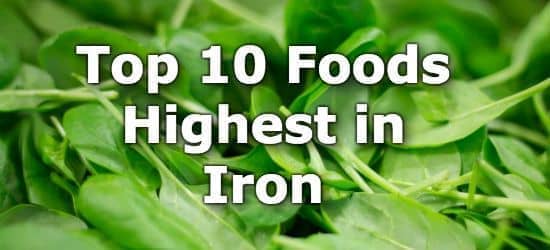

You’ll need to aim for nearly twice as much iron per day (about 1.8 times as much, per the NIH) if you don’t eat meat. Heme iron is more easily absorbed by the body than plant-based non-heme iron according to the Cleveland Clinic, so it can be beneficial to get both types of the nutrient in your diet, Largeman-Roth adds. The NIH also notes that meat, poultry, and seafood contain both heme and non-heme iron. “There are two types of iron: heme iron from animal sources and non-heme iron from plant sources,” says Frances Largeman-Roth, RD, author of Eating in Color: Delicious, Healthy Recipes for You and Your Family and a nutrition counselor in private practice in New York City. The NIH cautions against taking in more than 45 mg of iron per day if you are a teenager or adult and more than 40 mg per day among those age 13 and younger.

RELATED: A Detailed Guide to Using MyPlate for Healthy Eating Avoid Consuming Too Much Iron Infants and Children 7 to 16 mg, depending on age
/Stocksy_kale-salad_869556-57b75fc05f9b58cdfdd28ef6.jpg)
Nonpregnant Women ages 19 to 50 18 milligrams (mg) How Much Iron Do You Need Per Day?Īccording to the National Institutes of Health (NIH), here’s how much iron different groups of people need per day: Symptoms of anemia may include fatigue, chest pain or shortness of breath, cold hands and feet, dizziness and headache, poor appetite, and unusual cravings for substances like ice, dirt, or starch. Iron deficiency, a condition called anemia, makes it difficult for your red blood cells to deliver oxygen, according to the Mayo Clinic. “Most well known is that it's a key component of red blood cells and helps transport oxygen from your lungs to the rest of the body,” says Anzlovar. That’s a problem because the mineral plays a number of critical roles in the body, says Sarah Gold Anzlovar, RDN, the Boston-based owner of Sarah Gold Nutrition. Iron deficiency is the most common nutritional deficiency globally - especially among children and pregnant women - and the only nutrient deficiency that is widely prevalent in developed countries, according to the World Health Organization. If you’ve been told you’re not getting enough iron, you’re not alone.


 0 kommentar(er)
0 kommentar(er)
